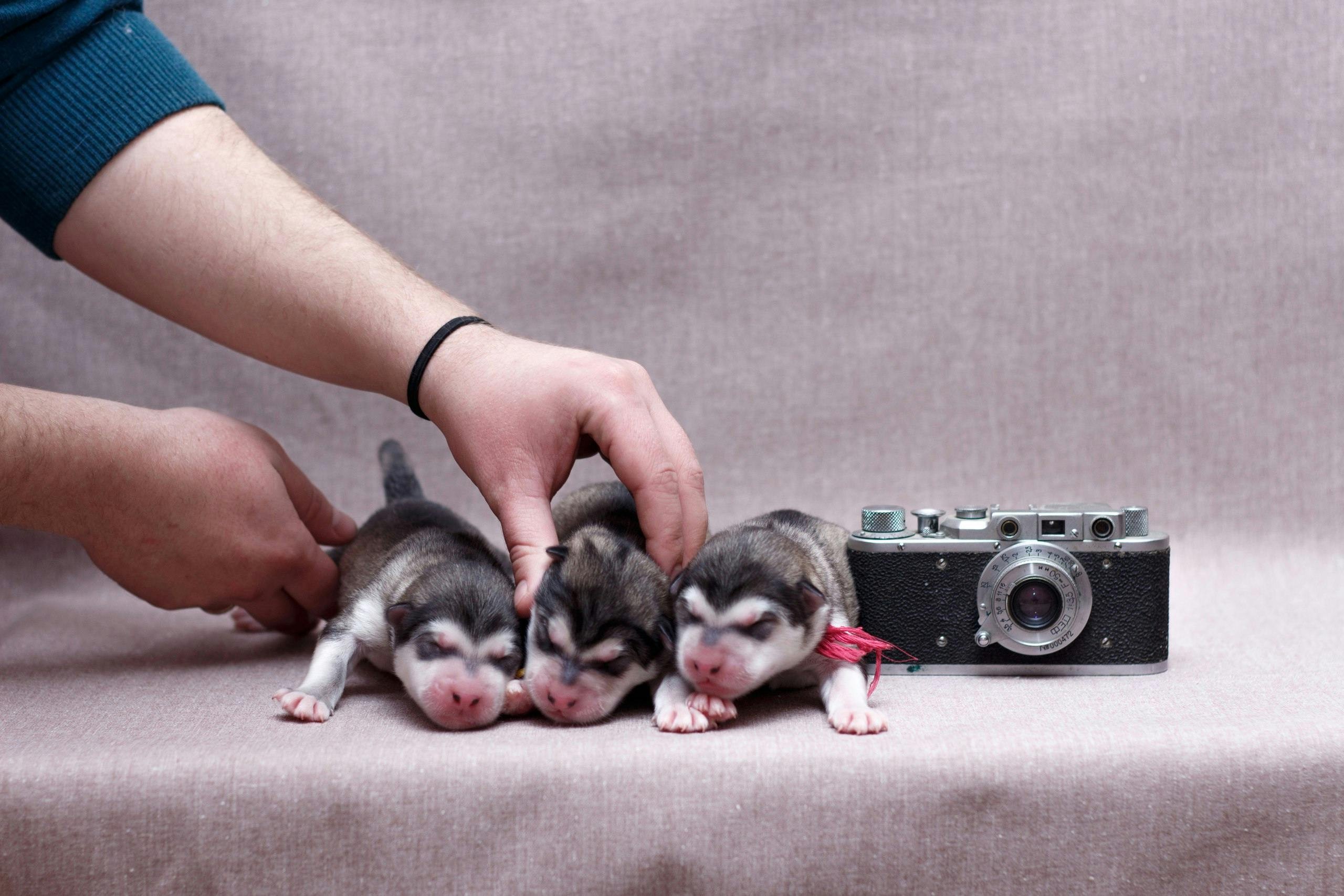Ever stared at your dog or cat, wondering why they can’t seem to tell the difference between their chew toy and your favorite sneakers? Yeah, we’ve all been there. But what if you could teach them to distinguish objects with laser focus—and even have fun doing it? Welcome to “Object Discrimination Games,” the secret sauce for smarter, more obedient pets!
In this guide, we’ll unpack everything you need to know about using target training through object discrimination games. You’ll discover how these exercises boost mental agility, strengthen your bond, and curb destructive behaviors—all while keeping things playful. Ready to level up your pet parenting game?
Table of Contents
- Why Object Discrimination Matters
- Step-by-Step Guide to Object Discrimination Games
- Pro Tips for Success
- Real-Life Case Studies That Worked
- Frequently Asked Questions
Key Takeaways
- Pet training methods like object discrimination improve cognitive function.
- Target training strengthens communication between you and your pet.
- Consistency is key; start small and build on progress over time.
Why Does Object Discrimination Matter?

Let’s face it—pets get bored easily. Without proper stimulation, they resort to chewing, scratching, or other mischief. Enter object discrimination games—a fun way to challenge their brains and enhance problem-solving skills. These activities force dogs (and yes, even cats!) to identify specific items based on cues from you, which translates into sharper focus in everyday commands.
Here’s a confessional fail: I once trained my dog to fetch his leash—but accidentally used two nearly identical ones during the process. Chaos ensued when he proudly brought back the wrong one every single time. Lesson learned: Consistency matters!
This strategy isn’t just chef’s kiss—it’s scientifically backed too. Studies show that cognitive enrichment reduces anxiety and boosts overall well-being. Sounds better than another chewed-up shoe, doesn’t it?
How to Start Object Discrimination Training Today

Ready to dive in? Here’s how to get started:
Step 1: Choose Your Target Objects
Select two distinct objects—one being the “target” item. For example, use a blue ball versus a red cube. Keep them simple but different enough so your pet won’t confuse them.
Step 2: Introduce the Cue Word
Say something like “blue” or “cube,” then immediately reward your pet when they interact with the correct object. Repeat until they reliably choose the right one.
Step 3: Add Complexity Gradually
Introduce more objects and advanced cues as your pet masters each stage. Think of it as leveling up in a video game. Grumpy Optimist Moment: *Optimist You:* “It gets easier!” *Grumpy You:* “Yeah, after six cups of coffee.”
Top Tips for Mastering Object Discrimination Games
- Keep Sessions Short: Aim for 5–10 minutes max to avoid burnout.
- Reward Liberally: Treats, praise, or playtime should follow every success.
- Avoid Overlap: Don’t use objects similar in size, color, or texture early on.
- Beware This Terrible Tip: Never punish mistakes. Negative reinforcement kills confidence faster than spilled water bowls on hardwood floors.
Real-Life Case Study: From Chew Monster to Puzzle Prodigy

Meet Max, a Labrador mix who once destroyed everything in sight. His owner introduced object discrimination games, starting with basic toys. Fast forward three months, and not only does Max leave furniture alone—he now solves puzzles involving scent and shape recognition!
“Sounds like your laptop fan during a 4K render—whirrrr,” says Max’s proud owner, describing her initial frustration before seeing results.
Frequently Asked Questions About Object Discrimination Games
Q: Can cats really learn object discrimination?
Absolutely! While traditionally associated with dogs, many felines thrive on mental challenges. Just ensure rewards are food-based since most kitties aren’t motivated by verbal praise.
Q: How long does it take to see progress?
Most pets grasp basic concepts within days, though mastery depends on consistency. Patience pays off here.
Q: Are there any risks?
As long as sessions remain positive and short, there’s no harm. Avoid forcing participation if your pet seems disinterested or stressed.
Conclusion
Teaching your pet object discrimination games may feel daunting at first, but the payoff is worth it. Not only do you end up with a happier, smarter companion, but you also deepen the connection you share. So grab some treats, clear space for practice, and give it a shot!
And remember… Like a Tamagotchi, your SEO needs daily care.


